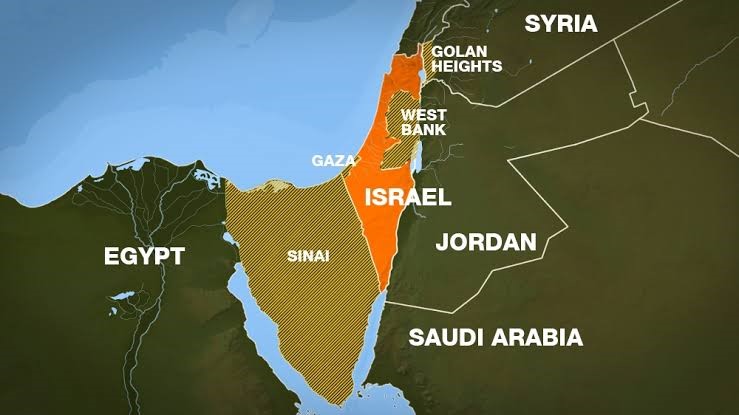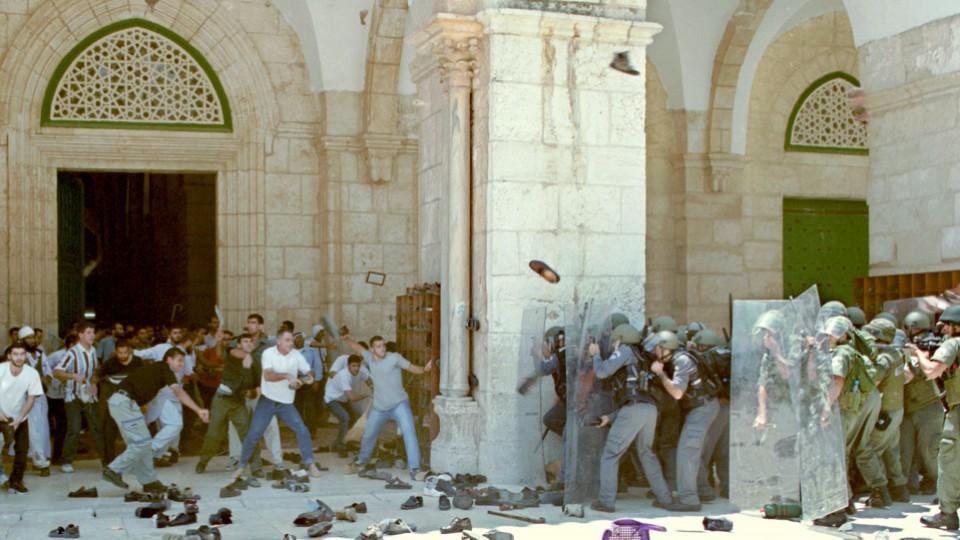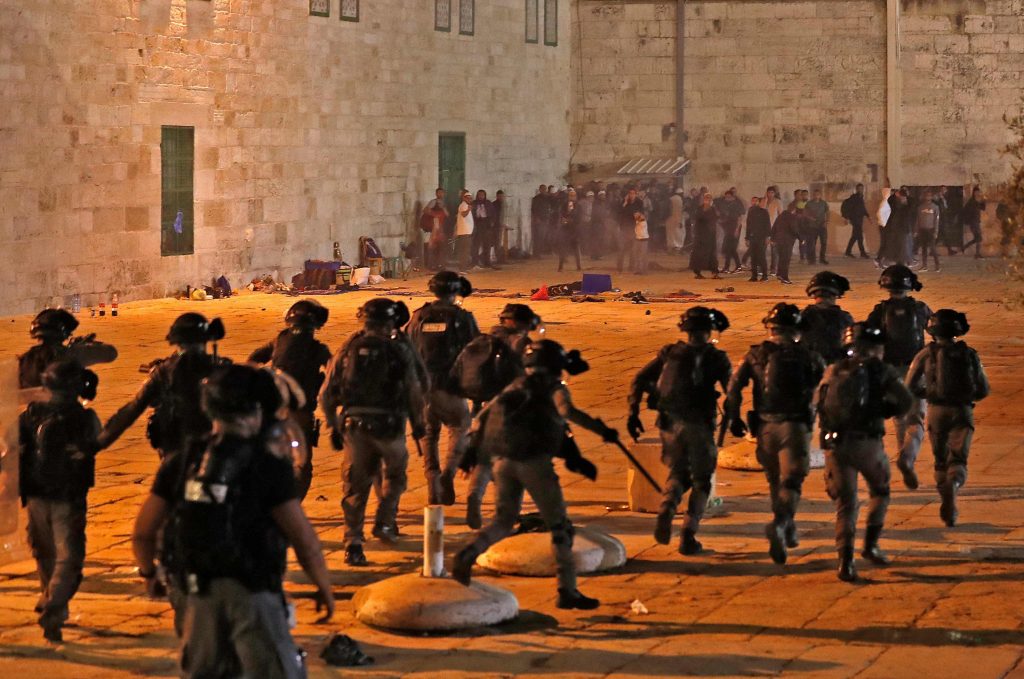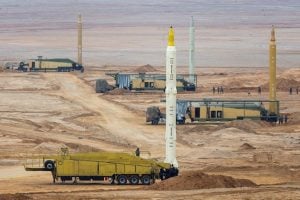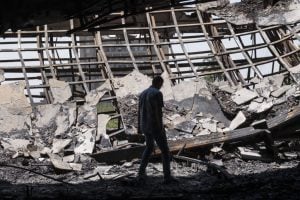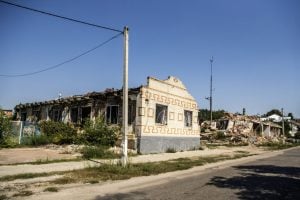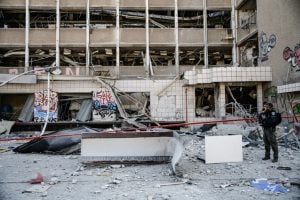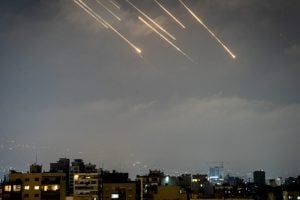The world suffered two World Wars which led to mass destruction, bloodshed and loss of life. After the First World War, the League of Nations was formed in 1919 to ensure international peace, security and mutual respect between the nations. The League had the job to resolve any conflict between the countries through peaceful methods. But, the League of Nations failed in its purpose as the world witnessed another World War which began in 1939 and continued for the next 6 years.
After World War 2 the world saw the formation of another coalition called the United Nations in 1945. The world was now moving towards peace and economic stability. But, some parts of the world are still conflict-ridden and are struggling for peace for decades. The people in these parts have been longing for a quality life. The hottest of all these conflict-prone areas in the world is the Israel-Palestine region the Arabian Peninsula.

The violent history of the region
The Arabian Peninsula has been the hotbed of conflict since historic times. The conflict between the people of three Abrahamic faiths namely Christianity, Islam and Judaism, claim the peninsular region to be their lands out of their religious beliefs. The city of Jerusalem holds immense importance for all three religions.
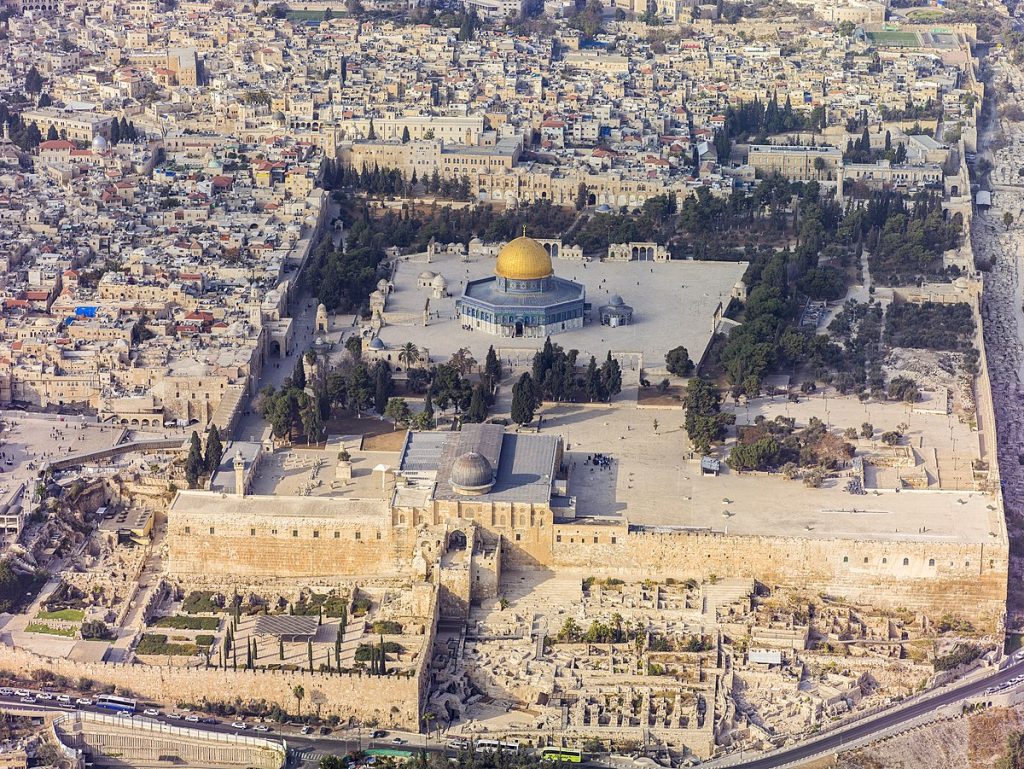
The Muslim people claim that Prophet Mohammad ascended to heaven from the site near the Al-Aqsa mosque in Jerusalem and it is considered to be the third holiest place in Islam.
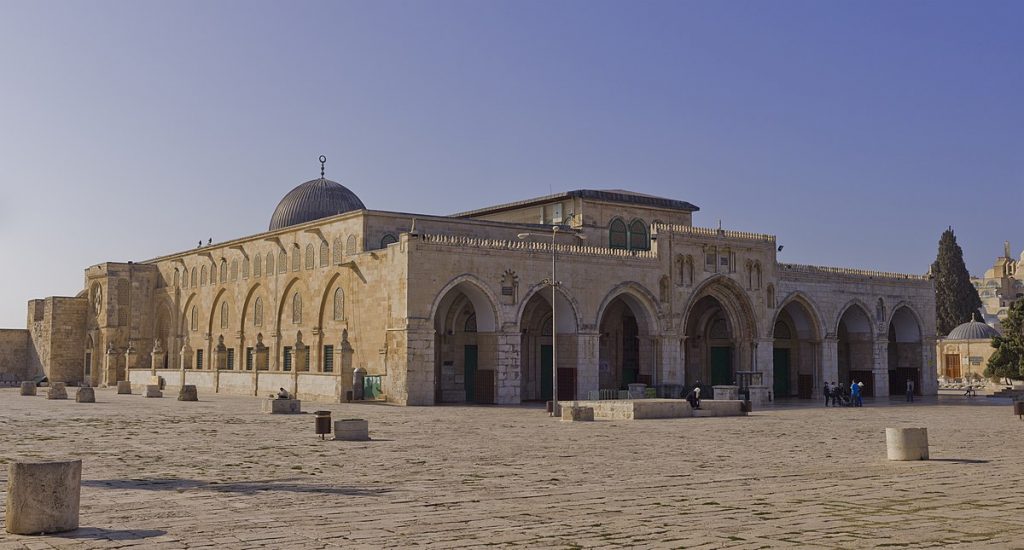
The Christians claim Jerusalem to be the place where Christ was crucified and where he resurrected and it is the home to the Church of the Holy Sepulchre.
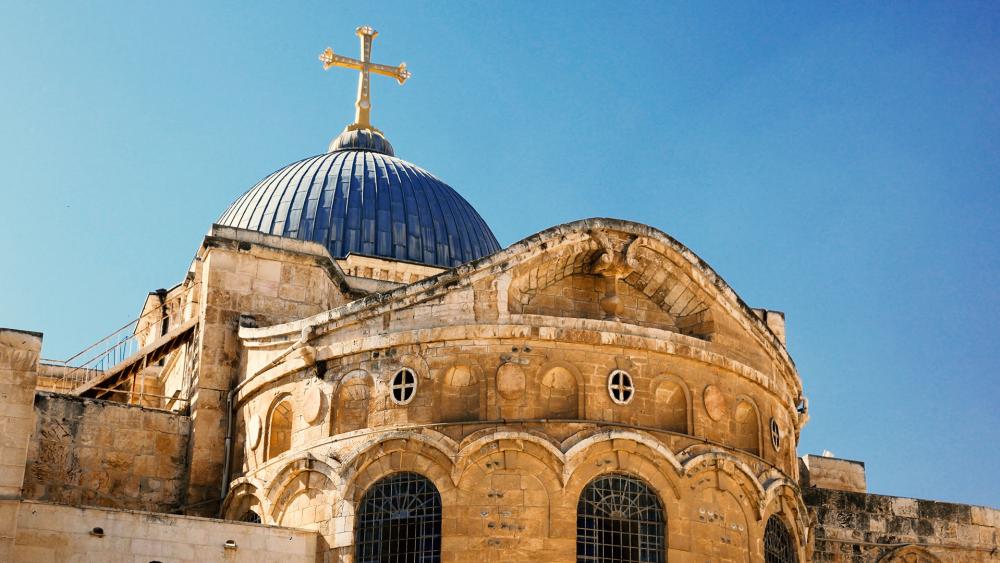
Jews claim that Jerusalem is the holiest city and the place where the first Holy Temple was built. The remains of the Holy Temple stand as the Western Wall of the Temple Mount in Jerusalem.
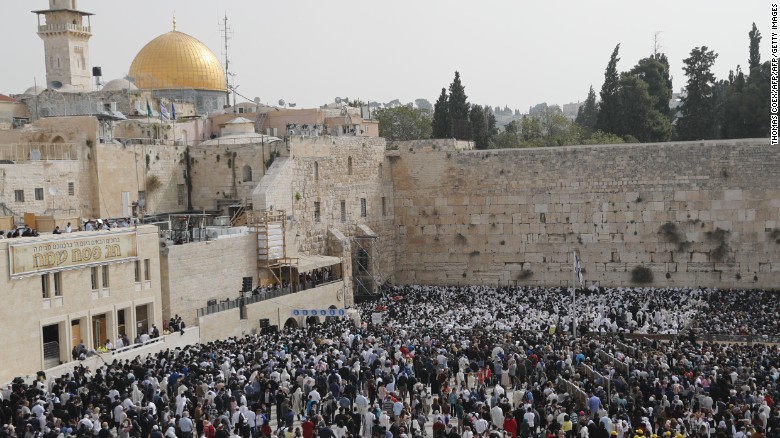
The region was under the rule of many kings and dynasties that followed any of the three religions. The oldest rulers belonged to Judaism. King Saul, according to the Hebrew Bible was the first king of the Kingdom of Israel. He was succeeded by King David whose son King Soloman, according to Jewish beliefs built the first Holy Temple.
The Holy Temple was destroyed during the invasion of Babylonians. Then in the subsequent years Persians, Greeks, Romans, Arabs, Fatimids, Seljuk Turks, Crusaders, Egyptians, Mamelukes, and other Islamic Caliphates(Rashidun, Ummayad, Abbasid were major) ruled the region. This region was always suffered from a tussle for power.
Demographic changes and Islamization of Arab Peninsula
The Jews can be considered as the oldest residents of the Arabian Peninsula followed by Christians and then Muslims. During these times the demography of the region changed with the Jewish migration to other regions of the world, an increase in the Christian population till the 6th century, and then Islamization of the region after the birth of Islam. The region got covered by the followers of Islam after the 6th century. The Christian and the Jewish population continued to fall.
Rise of Ottomans
In the year 1517, the Ottoman Empire started ruling the Arab region, parts of Africa, present-day Turkey, parts of Europe and Asia. The Ottoman Empire grew economically strong as it was the gateway towards Asia for carrying any trade activities until the Europeans found an alternate route through the Cape of Good Hope. The areas under Ottoman control continued to fluctuate with the emergence of the local tribes and rulers.

In the years around 1880, the Jews founded a new nationalistic ideology called Zionism, after facing persecution in the European region. Jews under Zionism had two main aims – to move back to the ancient holy land of Jerusalem and to end the year-old persecution. The Jews started migrating towards the Ottoman-controlled region of Palestine in the Arabian Peninsula. The Jewish population in this region till 1914 reached 75000.
The power shift
The Ottoman Empire continued to decline till the start of the 20th century because of its economic instability and the rising power of European nations due to the renaissance and industrial revolution. In the year 1914, the Ottomans entered World War 1. In 1917, Britain submitted a letter of intent in support of a Jewish nation-state in the region of Palestine, which came to be known as the Balfour Declaration. The Ottomans were defeated by the Entente Forces in 1918. Most of the territories of the Ottoman Empire were divided amongst France, Britain, Russia and Greece. The British gained control of most of the Arab peninsula which included the Palestinian-Israeli region and parts of Jordan.

In the year 1922, the Ottoman Empire officially ended with the elimination of the title ‘Ottoman Sultan’. Turkey became a republic with Mustafa Kemal Ataturk, a military officer, becoming its first president. He made Turkey a secular and westernized country.
Seeds of the modern day conflict
After Britain gained control over the Arabian Peninsula, the Balfour Declaration was adopted by the League of Nations in the year 1922, but up until the next 20 years, this promise wasn’t going to be fulfilled. In the year 1939, World War 2 broke out which led to the Jewish genocide by Hitler. Around 6 million Jews were killed by Hitler in the holocaust and many of them fled to Palestine from Europe. The Jewish population in Palestine increased to 33 percent during this time. After the world war, the United Nations in 1947 decided to partition the area into the Jewish state of Israel and the Arab state of Palestine.

Jerusalem was given the status of an international city administered by the UN. The Jews accepted the partition plan with open hands but the Arabs opposed it claiming that the partition of the land unfairly favored the Jews. On May 14, 1948, Israel announced its statehood.
ALSO READ: Conflict In Israel: All You Need To Know
Birth of a new tragedy
Just the next day after the declaration of statehood of Israel by the Jews, a coalition of surrounding nations namely Egypt, Syria, Yemen, Lebanon, Jordan, Iraq, and Saudi Arabia called the Arab League, attacked Israel. Israel fought back fiercely and defeated the Arab League. Israel, after the war, occupied much of the land designated for Palestinian Arabs under the British mandate. Transjordan took control of the West Bank of Palestine and the Gaza Strip under Egypt’s control after an armistice agreement.
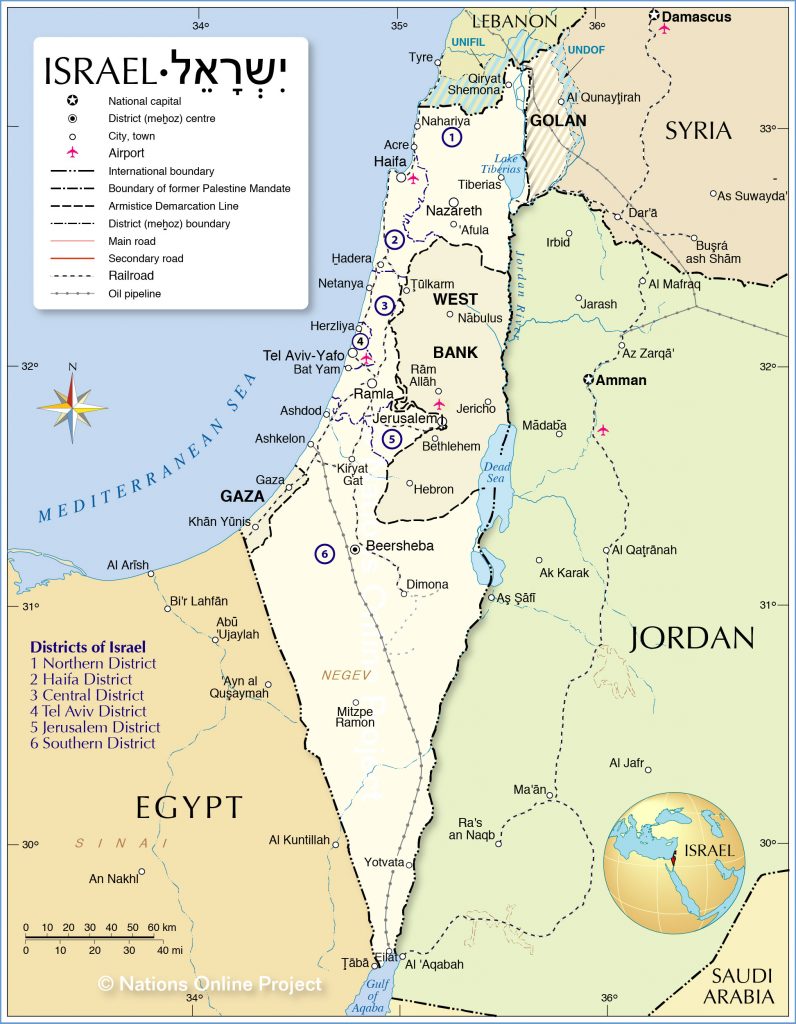
The war lasted for about 10 months. The Jewish called this war Milkhemet Ha ‘Atzma’ Ut (‘War of independence’) whereas the Palestinian Arabs called it Al-Naqba (the Catastrophe). Around 720,000 Arab Muslims fled from the British-mandated land of Palestine and took refuge in Gaza Strip and West Bank. The region continued to suffer from violence between the Palestinian Arabs and Jews.
The never ending war
Suez Crisis
In 1956, Gamal Abdel Nasser, a Pan-Arab nationalist leader in Egypt nationalized the Suez Canal a vital water route connecting Asia and Europe. The Canal was owned by mostly French and British concerns. Israel’s Port of Elat was also blockaded by Egypt. Britain and France backed Israel to remove the blockades from the Suez Canal. The Israeli forces began invading Egyptian controlled Sinai Peninsula and captured Gaza, Rafaḥ, and Al-ʿArīsh.
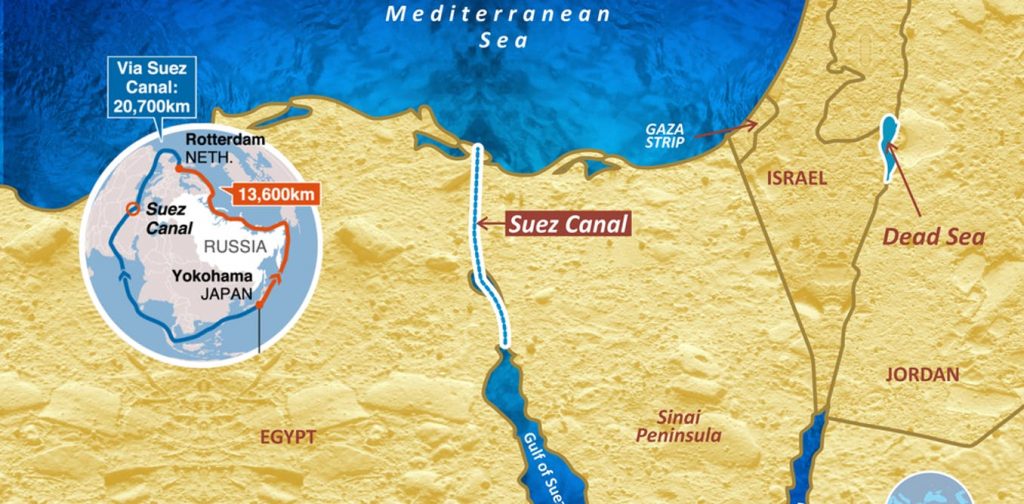
Most of the Sinai Peninsula came under Israeli control. The war ended with UN Emergency Forces stationed in the area around the Suez Canal and the Sinai Peninsula with the withdrawal of Israeli forces.
Rise of PLO
In 1964, an armed group grew up in Palestine to consolidate the power of various armed struggles going on for the liberation of Palestinian land from Israeli occupation. This group came to be known as the Palestinian Liberation Organization. In later years PLO came to be known as the sole representative of the Palestinians.
Six Day war
In 1967, the Six day war broke out between Israel on one side and Egypt, Jordan and Syria on the other. Egypt blockaded the Strait of Tiran for Israeli vessels and pushed out the UN Emergency Forces from the Sinai Peninsula. Israel reiterated its stance that blocking the Strait of Tiran would result in war. On 5th June Israel carried out preemptive airstrikes on the Egyptian air bases destroying almost the whole of the Egyptian Air Force. Israeli forces also launched ground attacks and captured Gaza and the Sinai Peninsula.
Syria started artillery shelling on Israel from Golan Heights and 12 Syrian Air Force fighters entered into Israeli air space. Israel Air Force intercepted these attacks, shot down 3 Syrian aircraft and drove away the rest. In return for this attack, Israel Air Force bombed Syrian airfields and the Syrian Air Force lost 2/3rd of its fighting capacity in these attacks. Israel achieved air superiority in almost the whole Arabian Peninsula.
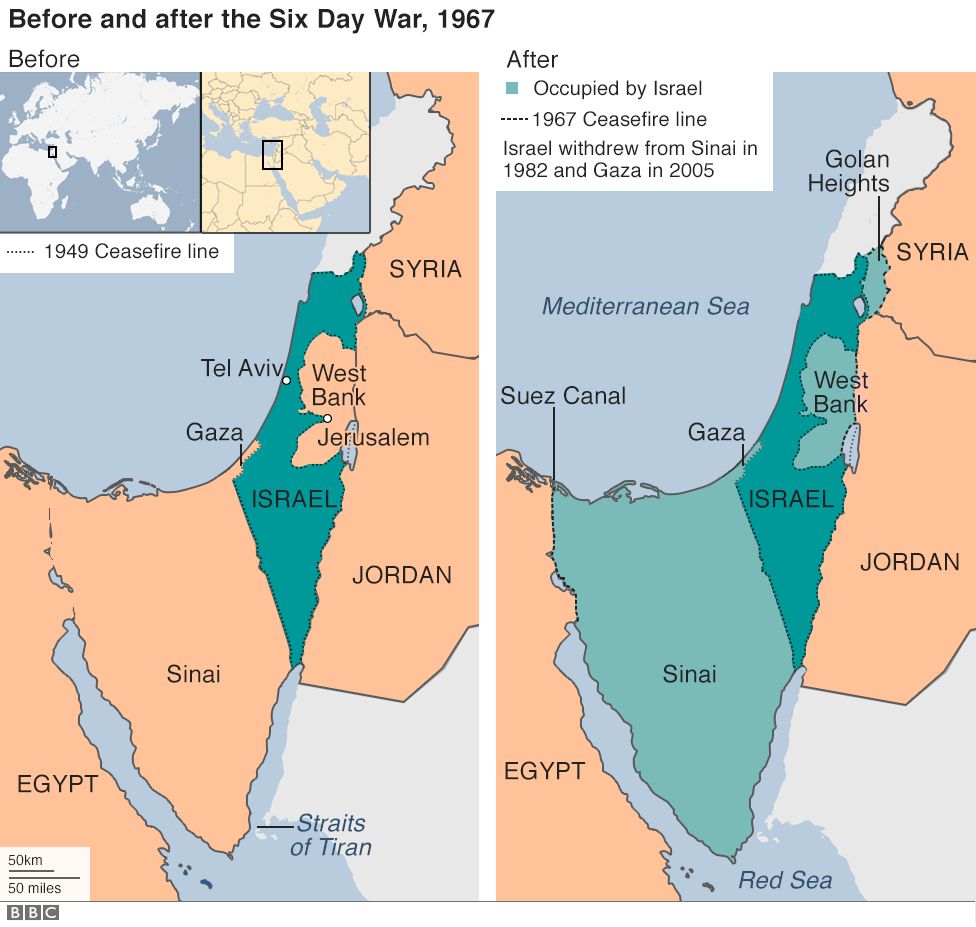
Jordan and Egypt signed a mutual defense pact 1 week prior to the war which gave them control of Jordanian forces to Egypt. There was an exchange of fire between the Israeli forces and the Jordanian Forces stationed in the West Bank.
By the end of the war on 10th June Israel captured the Gaza Strip, the Sinai Peninsula, Golan Heights and almost half of the West Bank including the eastern side of Jerusalem.
The continuing tussle for power
The Arabs and the Israelis in 1973 again fought in the Yom Kippur war. The Arabs in order to take back the lost territories in the 1967 war carried surprise attacks on Israel when almost all of the Israel Defense Forces soldiers were involved in celebrating Yom Kippur, the Jewish holy day. Initially, the Egyptian forces gained an upper hand in the war but at last, Israel defeated the offenders but at the price of heavy casualties.
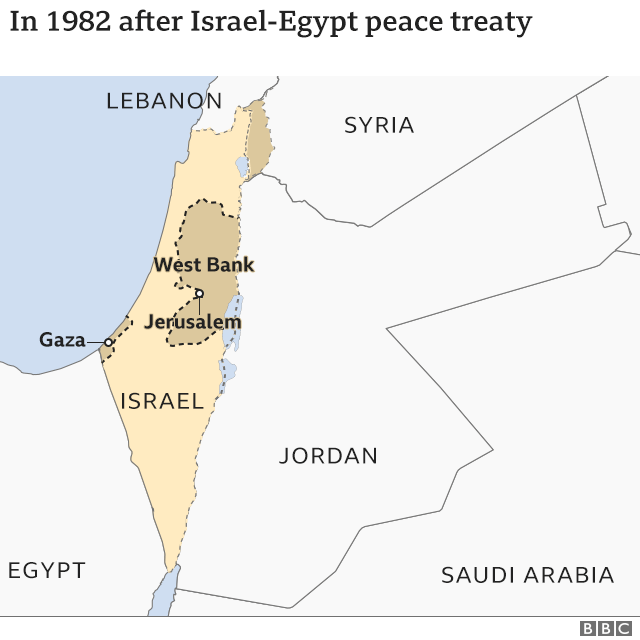
Due to the initial success in the Yom Kippur War, Egypt was able to bring Israel to the table talks and a peace treaty was signed between Israel and Egypt in 1979. Israel in 1982 gave back the Sinai Peninsula to Egypt. Syria became weak after the ceasefire agreement between Israel and Egypt. It lost more area of Golan Heights to Israel. Egypt was expelled from the Arab League.
Failed attempts of peace
In 1987, violent clashes broke out between the Palestinian militia and the Israel Defense Forces leaving 4 Palestinian refugees dead. The Palestinian militia launched a violent uprising against the Israeli occupation of the West Bank and the Gaza Strip. This uprising came to be known as the First Intifada (shaking).
The region saw the formation of HAMAS (Ḥarakat al-Muqāwamah al-ʾIslāmiyyah, “Islamic Resistance Movement) a militant Sunni Islamic resistance group that aimed to liberate Palestine. Most of the countries consider HAMAS as a terror outfit because of the methods like suicide bombings it has used against Israel.
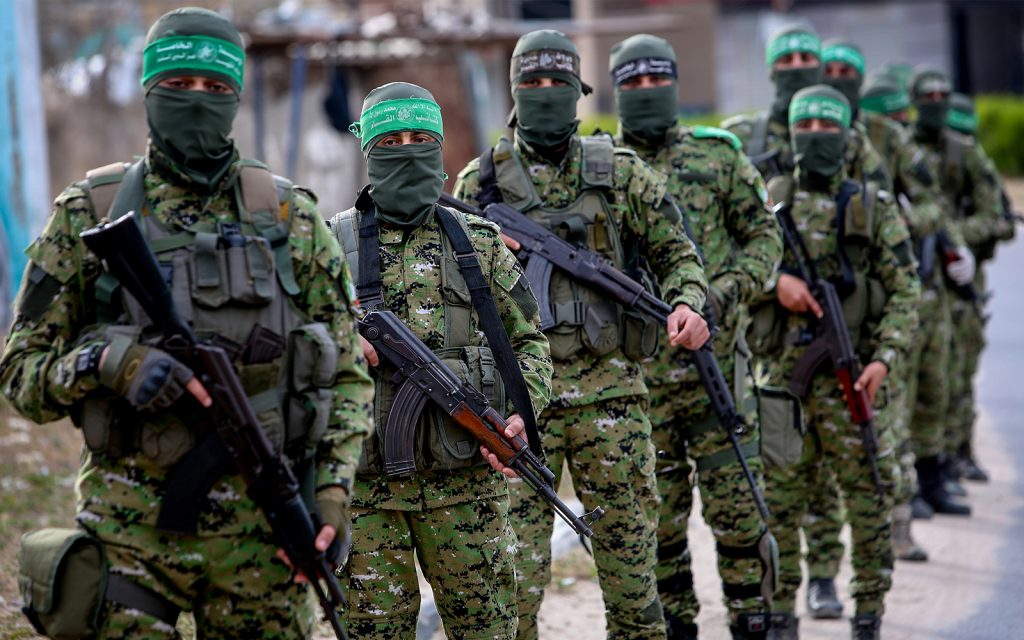
After the first Intifada, the PLO and Israel agreed to sign peace agreements between 1992 and 1993. These agreements came to be known as the Oslo Accords. In 2000, the attempts of peace went in vain after the two parties could not reach a mutual agreement on issues like the Status of Jerusalem, the rights of refugees, and the fate of increased Jewish settlements in Palestine. This indecision between PLO and Israel led to the Second Intifada in 2000 after Ariel Sharon the to-be Prime Minister of Israel visited the Western Wall which the Palestinians found an offensive act. The period of violence continued till 2005 and led to the failure of any further peace measures. Israel moved out of Gaza in 2005.
The present day scenario
The region experiences heightened tensions time and again. The latest incidents of violence took place when the Supreme Court of Israel ordered the Arabs to move out of Sheikh Jarrah as the Jews bought the lands from Arabs at double-triple prices after 1948. This led to violent protests from the Palestinians in Jerusalem. Also, there was a large number of barricades in the city of Jerusalem in the month of Ramadan to prevent mass gatherings and there were orders that only those who got vaccinated should go to pray in Al-Aqsa mosque. This resulted in clashes between the Arabs and the Israeli Police Forces. The police forces entered Al-Aqsa mosque as protests went violent.
ALSO READ: All About Israel IRON DOME Air Defence Missile System
HAMAS started shelling rockets at Israel from the Gaza Strip and in return, the Israel Air Force carried out airstrikes on the launch pads of Hamas. These attacks from both sides claimed the life of civilians. And, the decades-old conflict started to get intensified again.
Ironically, Jerusalem, the holiest place according to three religions is one of the most conflict-ridden places in the world. The conflict between the Palestinian Arabs and the Jews continued for decades and still continuing. There has been a long struggle for peace among the people of the region for more than half a century.


